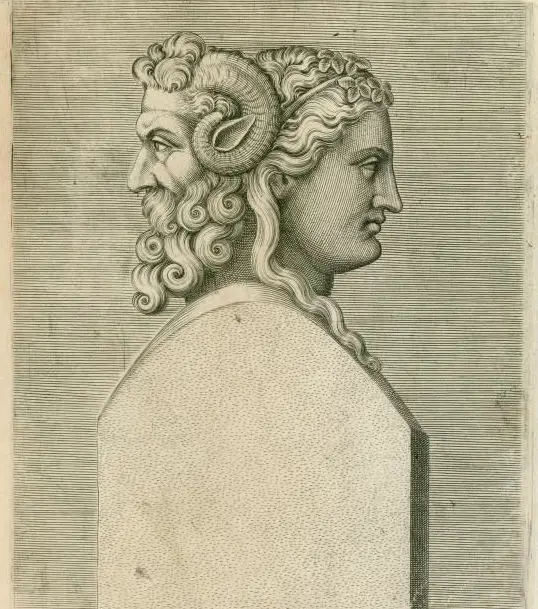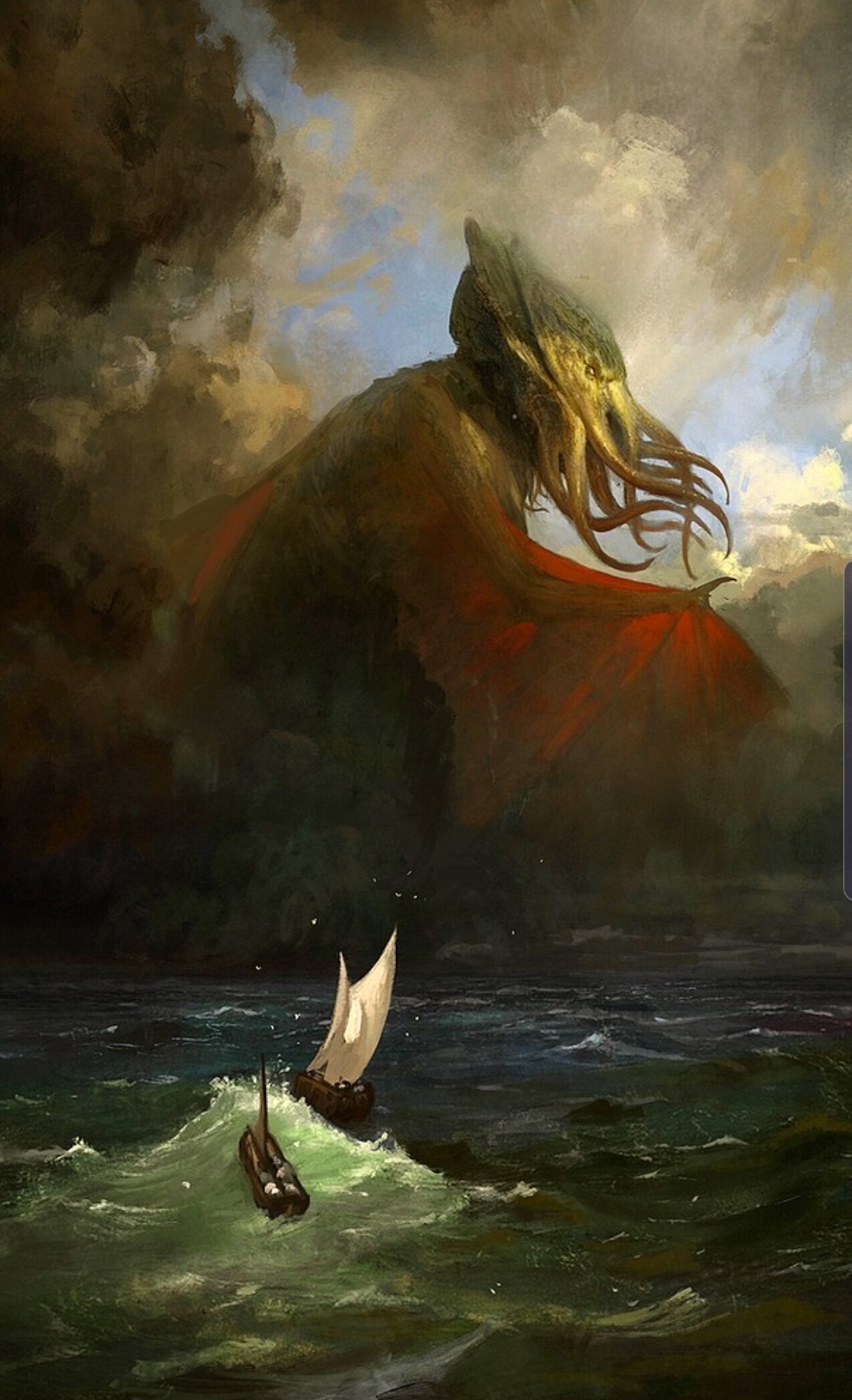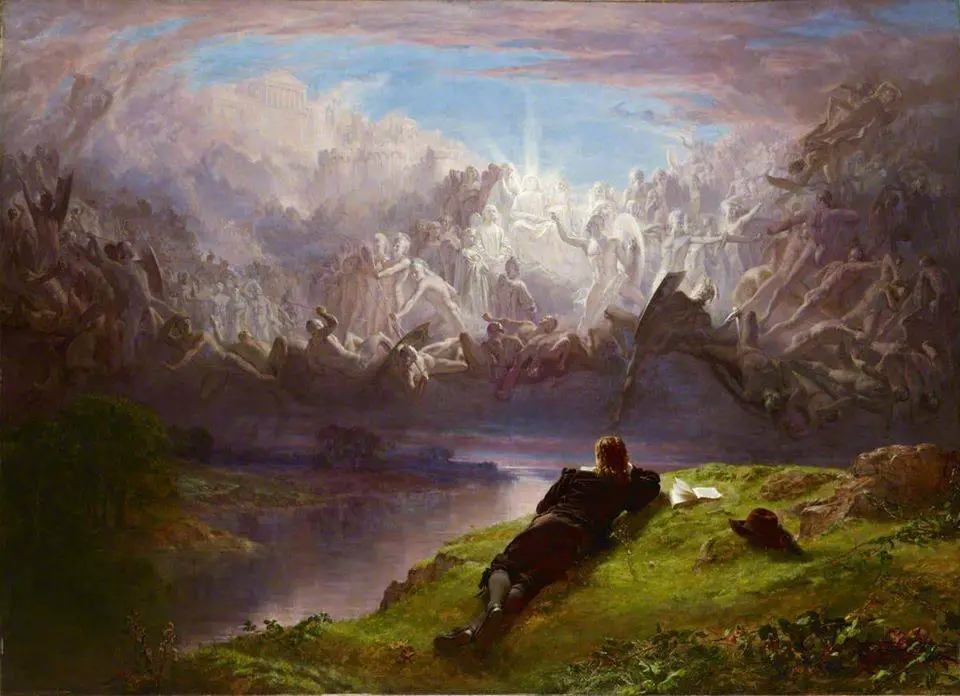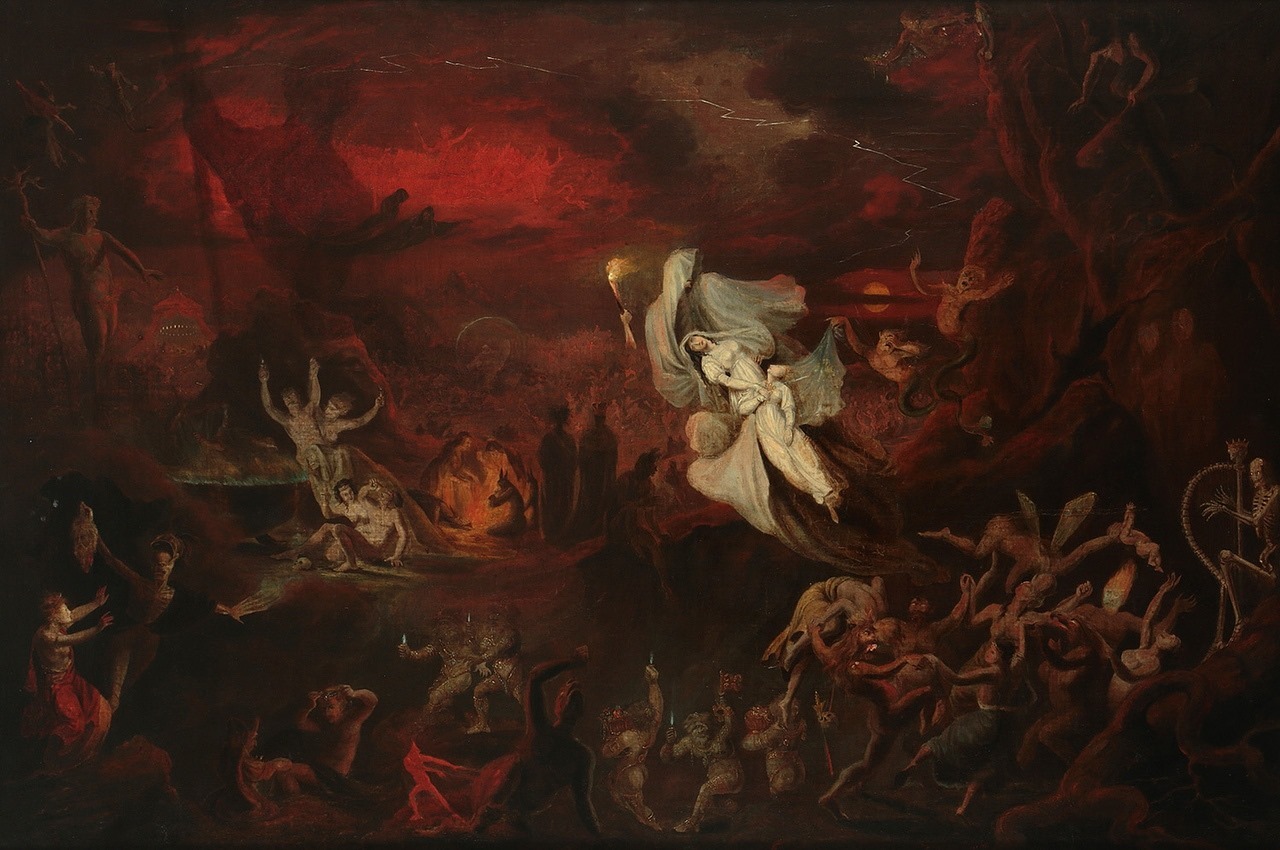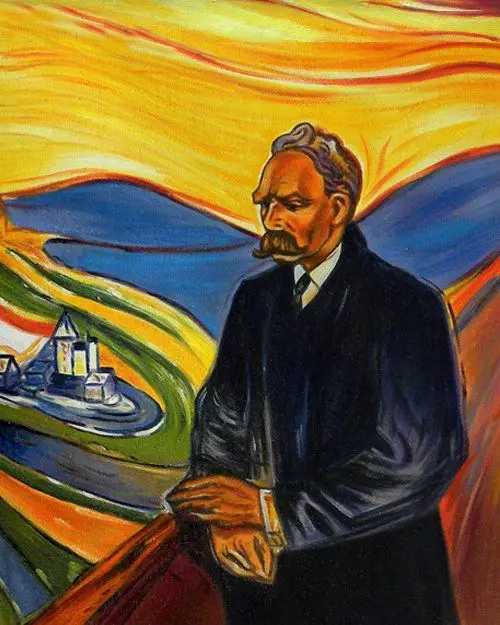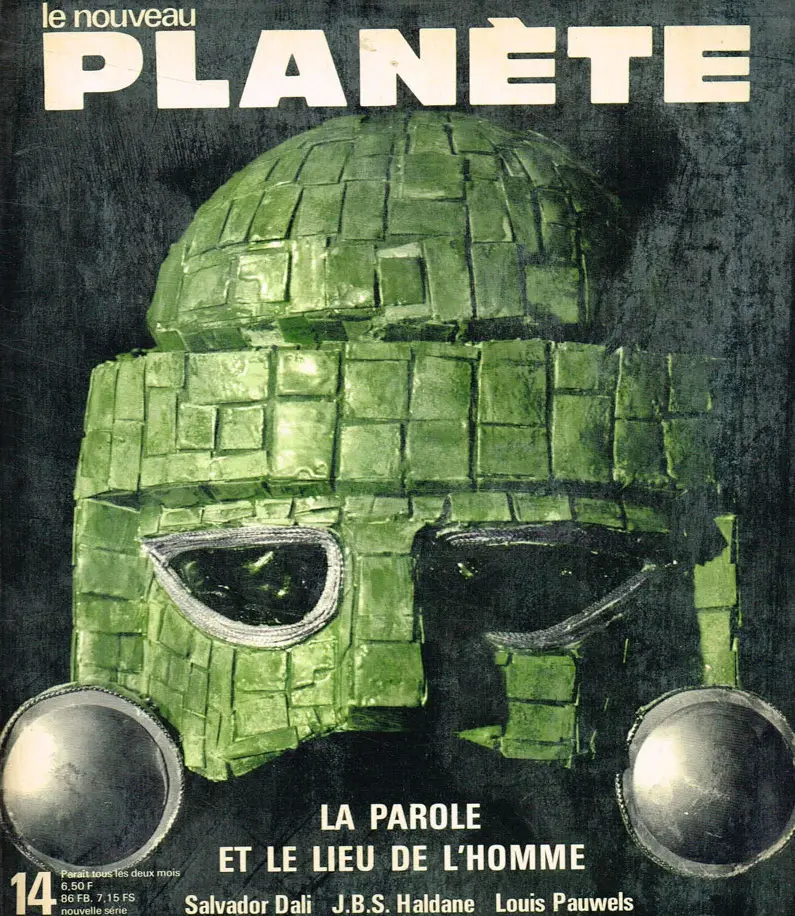Month: June 2020
The symbolism of the two solstices, from two-faced Janus to the two Johns
The ancient solstitial cult, centered on the figure of two-faced Janus, was "Christianized" around 850 and included in the liturgy with the names of the two Johns: St. John the Evangelist on December 27, at the winter solstice and St. John the Baptist on June 24, at the summer solstice. On the other hand, the initiatory doctrine had recognized in the symbolism attributed to the Saints a coincidence of images with the pagan divinity, which went beyond the merely occasional datum.
"When the stars will be right": HP Lovecraft between prophecy and Apocalypse
In tales such as "The Call of Cthulhu" (1926) and "Nyarlathotep "(1920) Howard Phillips Lovecraft foresaw the crisis of Western civilization that we are witnessing today, a century later: from this point of view, the boundless sequence of horrendous crime reports, spy of a world in prey, should be framed to an incurable and pervasive anguish, in which the seasons have altered their natural cycle and in which wars and revolutions follow one another continuously, throwing humanity into a situation of apparently irreversible crisis, destined to lead, "when the stars have returned to the right position ”, in a“ New Dark Age ”.


